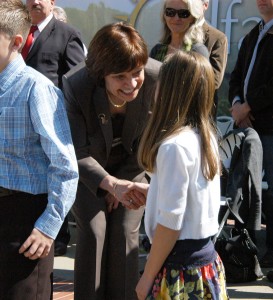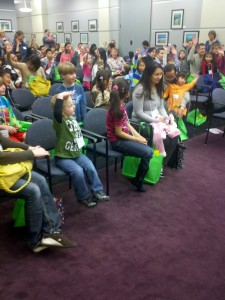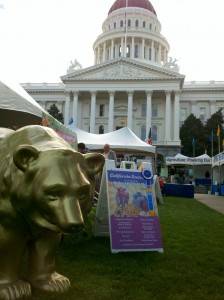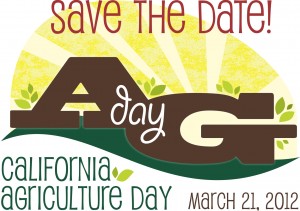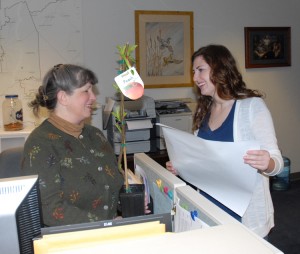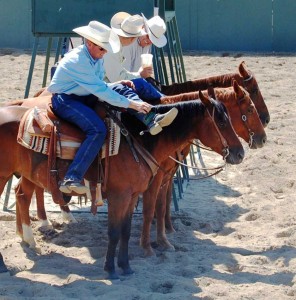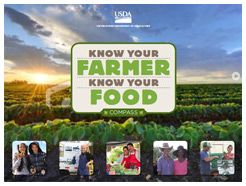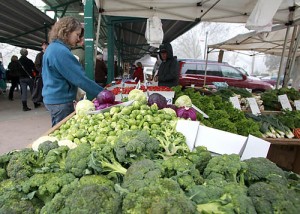http://www.cdfa.ca.gov/egov/Press_Releases/Press_Release.asp?PRnum=12-010
The California State Board of Food and Agriculture will address farm to school programs at its upcoming meeting on April 3rd in Sacramento. The meeting will be held from 10 a.m. to 3 p.m. at the California Department of Food and Agriculture, 1220 ‘N’ Street – Main Auditorium, Sacramento, CA 95814.
Farm to school programs are a continuing trend in California and provide marketing opportunities for a wide array of farmers and ranchers within the state. However, a variety of challenges are involved in incorporating local farm products within school lunch programs. The state board meeting will focus on these issues, with presentations and discussion by a variety of leaders in the farm to school movement, including Alice Waters, chef, author and proprietor of Chez Panisse in Berkeley. Ms. Waters is an American pioneer of culinary philosophy that maintains cooking should be based on the finest and freshest seasonal ingredients, and she is founder of the Edible Schoolyard Project, which focuses on creating an “edible education” as part of core curriculum in schools.
“Alice Waters is passionate about improving access for all children to healthy school lunches,” said CDFA Secretary Karen Ross. “Her vision and experience with the Edible Schoolyard Project, combined with the great work school districts are achieving in developing farm to school programs, is a positive step in connecting farmers to local communities.”
Additional speakers at the meeting will include: David Binkle, Los Angeles Unified School District; Rodney Taylor, Riverside Unified School District; Barbara Grimm, Grimmway Academy/The Edible Schoolyard at Buena Vista School; John Young; Yolo County Department of Agriculture; Sean Leer, Gold Star Foods; Robert Knight, Old Grove Orange; and Delaine Eastin, former California Superintendent of Public Instruction.
“School lunch programs are an opportunity for farmers and school children alike,” said President Craig McNamara, California State Board of Food and Agriculture. “However, challenges exist in allowing local farm products to be included within school lunch programs and we need to identify opportunities and solutions to this issue.”
The California State Board of Food and Agriculture advises the governor and the CDFA secretary on agricultural issues and consumer needs. The state board conducts forums that bring together local, state and federal government officials, agricultural representative and citizens to discuss current issues of concern to California agriculture.
Follow the board on Twitter at: www.twitter.com/Cafood_agboard



